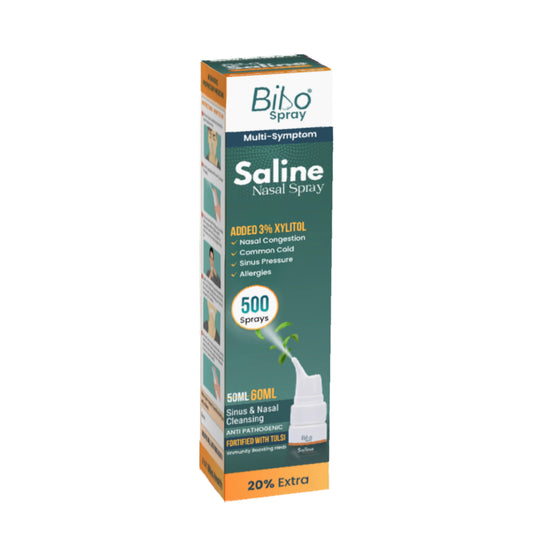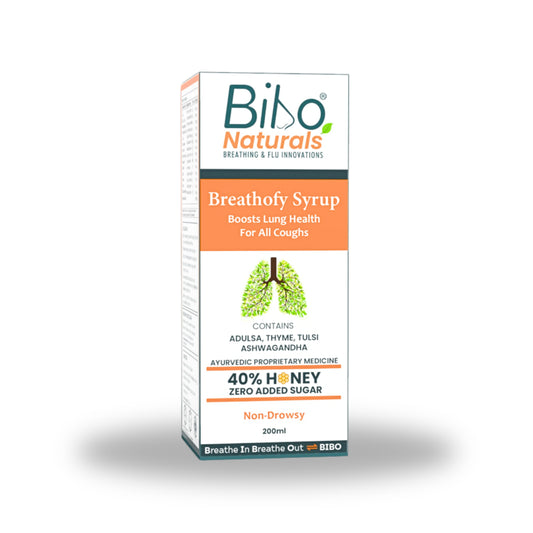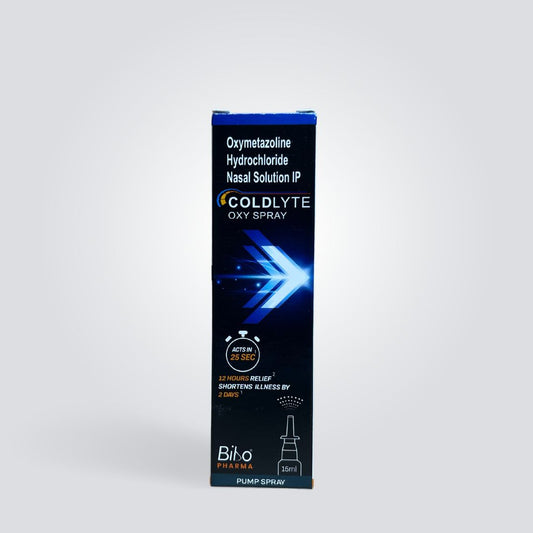Millions of individuals throughout the world suffer from asthma, a chronic respiratory disease. While there are many treatments available in modern medicine to manage asthma symptoms, many people are looking for complementary and alternative therapies to supplement their standard medical care. Cupping therapy is one such treatment that has become more and more popular recently. This blog post will examine cupping therapy as a possible all-natural method of treating asthma symptoms.
What is Cupping Therapy?
A traditional kind of treatment that has been around for a very long time is cupping. It is thought to have its roots in traditional Chinese medicine and has been practiced in a variety of ways by many other civilizations, including the Arabic, Egyptian, and Greek. In order to create a vacuum or suction effect, cups that have been carefully made are placed on the skin. The cup's suction pulls the skin and supporting tissues into it, boosting blood flow and triggering the body's natural healing processes.
Types of Cupping Therapy:
There are several methods of cupping therapy, with the two most common being:
- Dry Cupping: In this technique, the air inside the cups is removed using heat or a mechanical pump to create a vacuum, which involves placing cups on the skin. For a few minutes, the cups are left in place to encourage localized blood flow and muscular relaxation.
- Wet Cupping: Wet cupping, sometimes referred to as "hijama" in conventional Islamic medicine, combines dry cupping with superficial skin incisions. This procedure enables the elimination of toxins and pollutants from the body in addition to a little volume of blood.
Cupping Therapy for Asthma:
While traditional asthma treatments should not be replaced by cupping therapy, some people with asthma have experienced advantages from including cupping in their health routines. Here are some ways in which cupping therapy may potentially help manage asthma symptoms:
- Improved Blood Circulation: While traditional asthma treatments should not be replaced by cupping therapy, some people with asthma have experienced advantages from include cupping in their health routines.
- Muscle Relaxation: Tense chest muscles have the potential to start or intensify asthma attacks. These muscles can be relaxed with cupping therapy, which may lessen the intensity and frequency of asthma symptoms.
- Detoxification: Some supporters of cupping therapy think that it can aid in the body's detoxification process. Detoxification may improve the condition of the entire respiratory system and lessen asthma triggers.
- Stress Reduction: Asthma triggers like stress are well-known, and cupping therapy is well-known for its calming effects. Patients with asthma may be able to better manage their illness by reducing stress using cupping.
- Acupressure Points: According to traditional Chinese medicine, cupping can activate particular acupressure points linked to respiratory health. Cupping therapy may help with asthma symptoms by focusing on these points.
Is Cupping Therapy Safe for Asthma Patients?
When carried out by qualified practitioners, cupping therapy is generally regarded as safe. Before attempting cupping therapy, asthma sufferers must take caution and speak with their medical professionals because it may not be appropriate for them. Here are some considerations:
- Consultation with a Healthcare Provider: Always tell your doctor about it so they can advise you on if it would be appropriate for your particular case of asthma.
- Choose a Qualified Practitioner: If you choose to undergo cupping therapy, look for a trained professional who adheres to proper safety and hygiene procedures.
- Avoid Risky Practices: Wet cupping, which requires bloodletting, entails additional hazards and ought to only be carried out by qualified specialists in a sterile, controlled setting.
- Monitor Your Symptoms: Observe the impact of cupping therapy on your asthma symptoms. Consult your doctor and stop the medication if you experience any negative side effects or symptoms that worsen.
While some asthma sufferers claim that cupping helps them, it is important to use this therapy with caution and in agreement with a healthcare professional. Although it shouldn't be used in place of traditional asthma treatments, cupping therapy may provide some support and pain relief for those looking for all-natural solutions to control their asthma symptoms. Individual experiences may differ, and what works for one person may not work for another, just like with any complementary therapy. Always put your safety first and seek advice from medical specialists on the best way to manage your asthma.
References:
- https://www.ncbi.nlm.nih.gov/pmc/articles/PMC8519211/
- https://ackermanacupuncture.com/cupping-allergies-asthma-blaine-pain-therapy-clinic/#:~:text=Like%20acupuncture%2C%20cupping%20is%20an,breathing%2F%20lung%20issues%20and%20immunity.&text=Glass%20cups%20are%20placed%20on,issues%2C%20to%20name%20a%20few.




